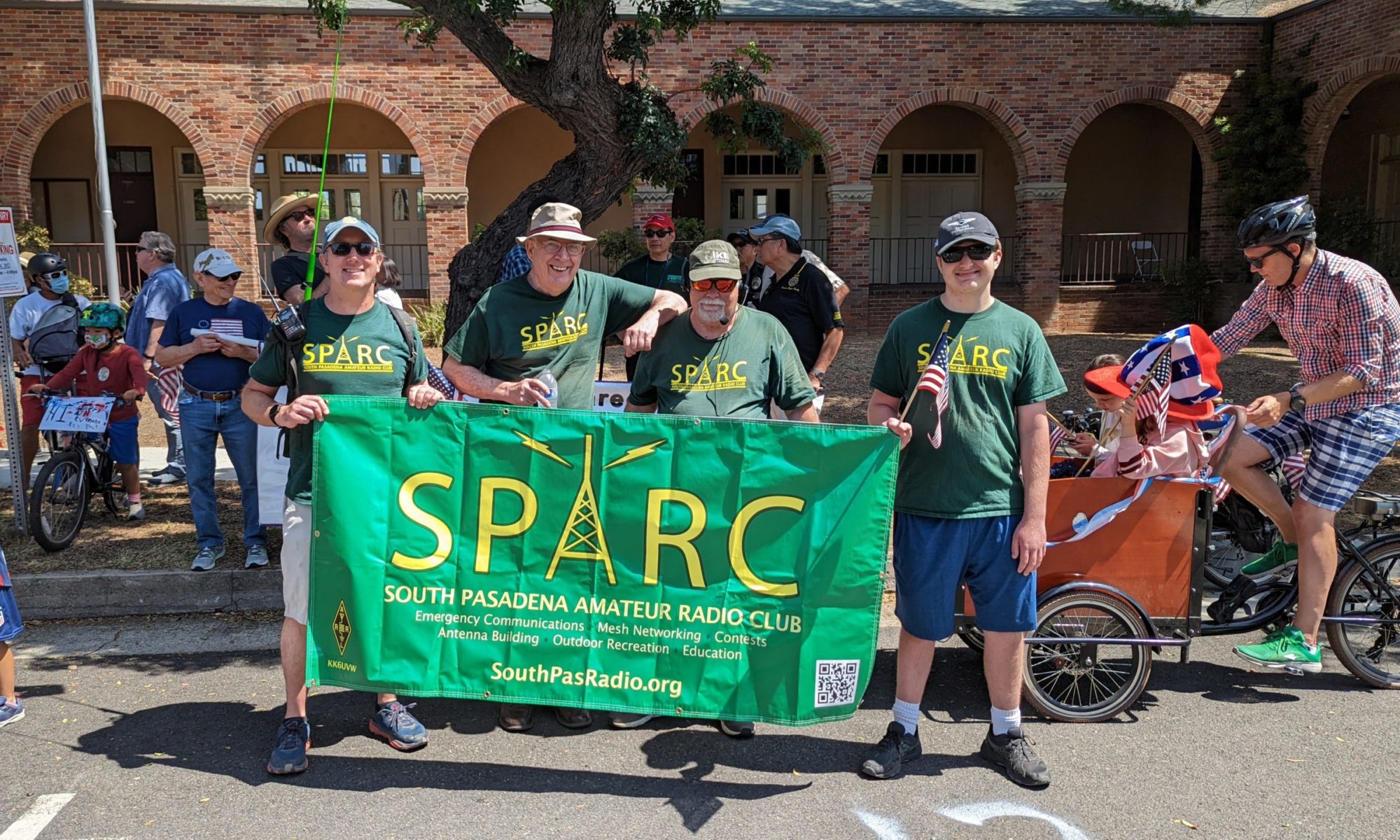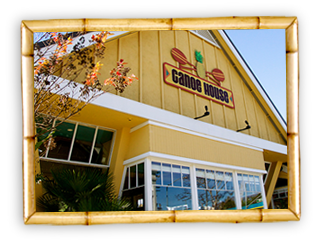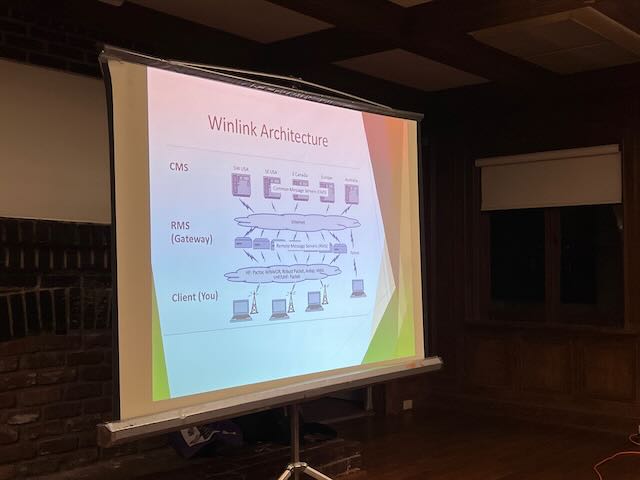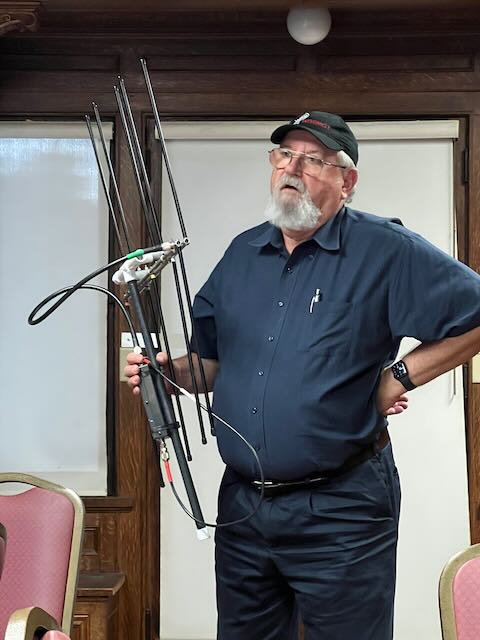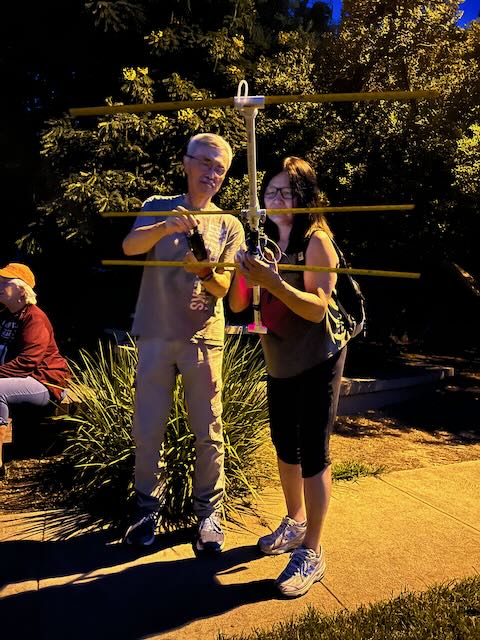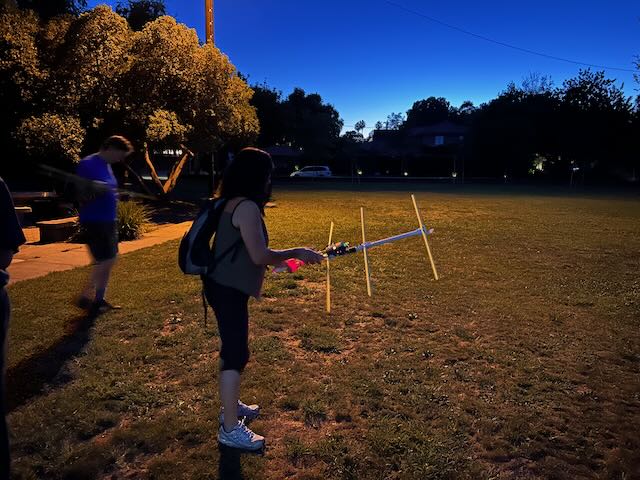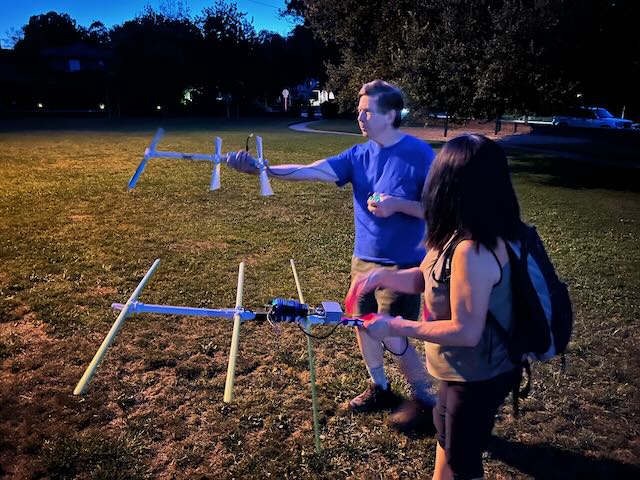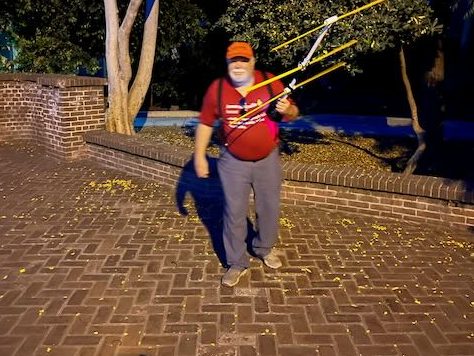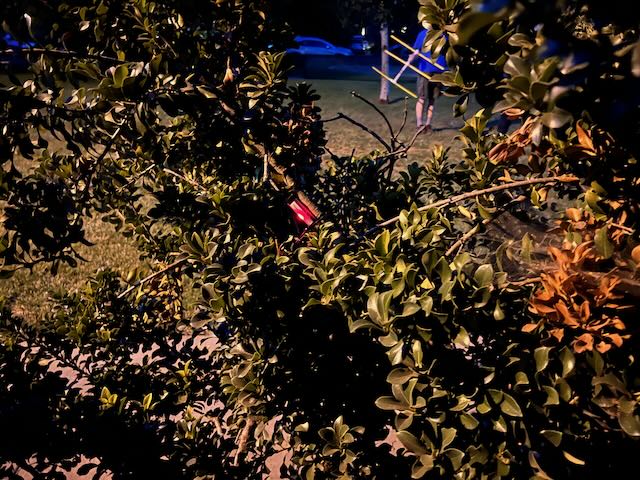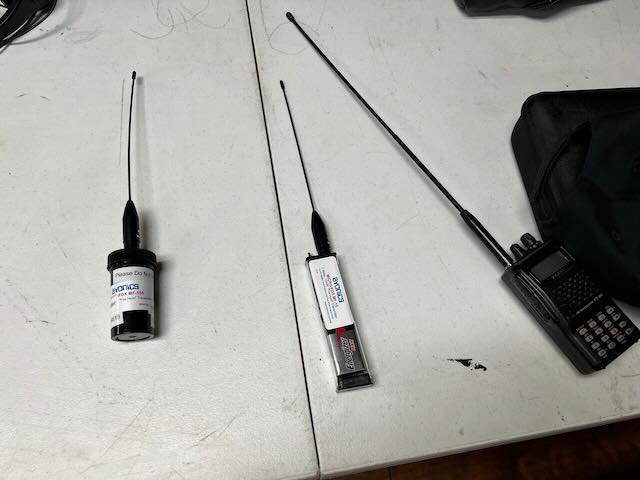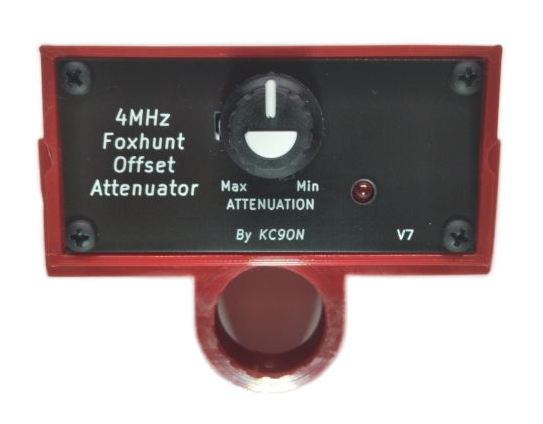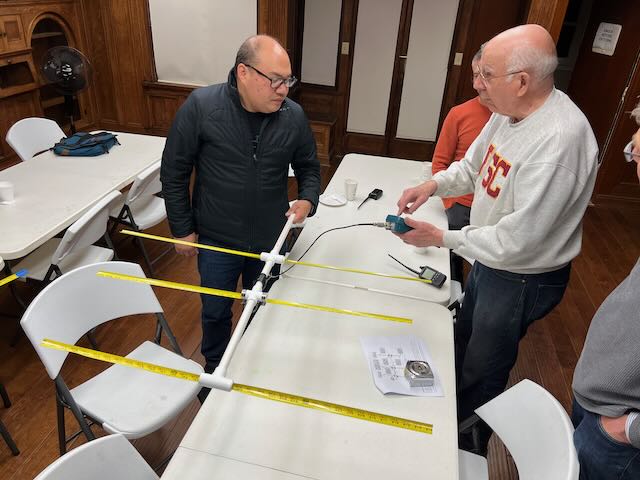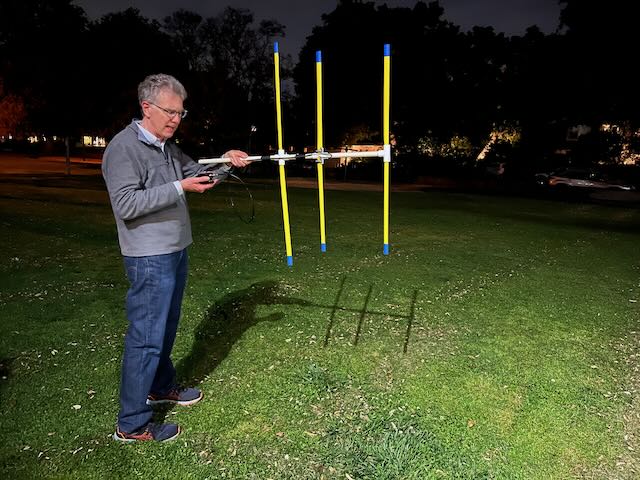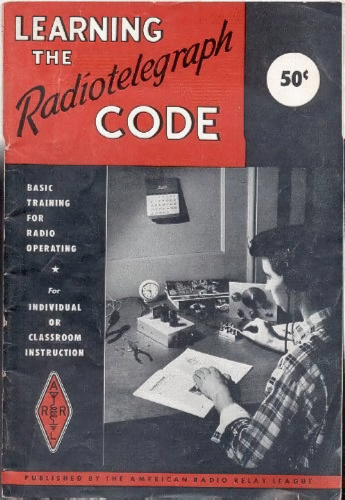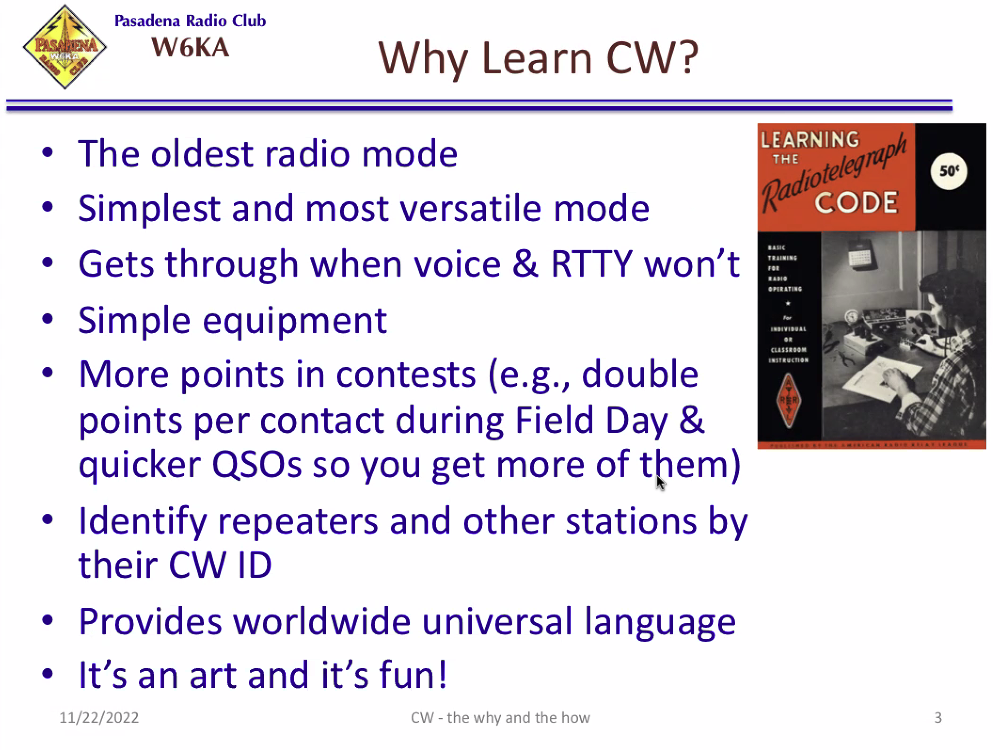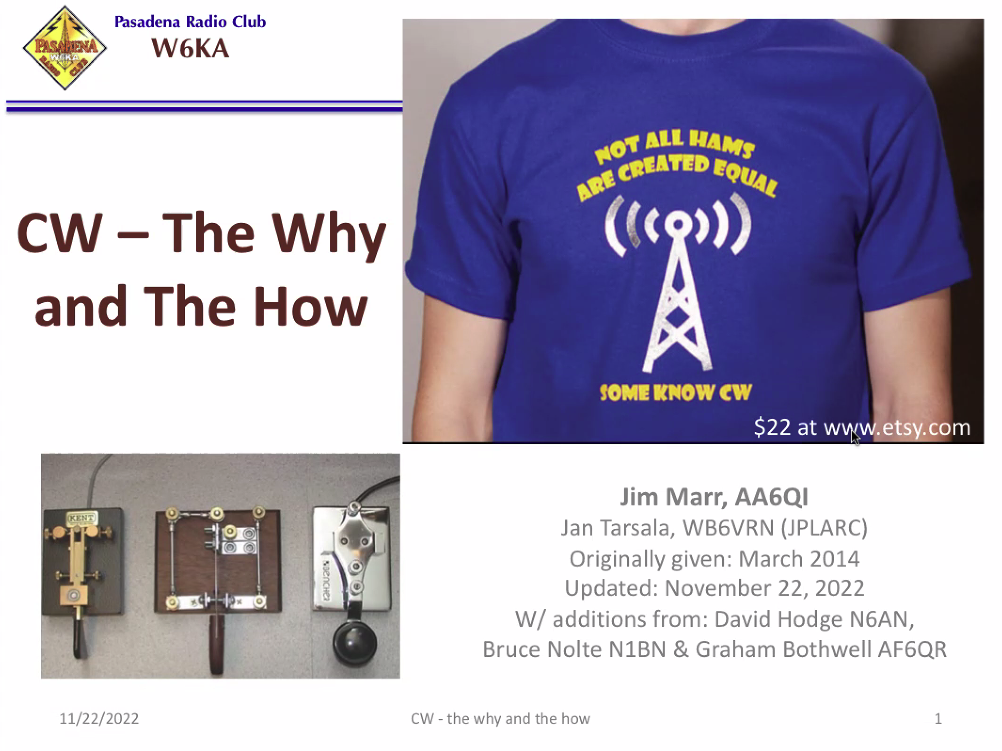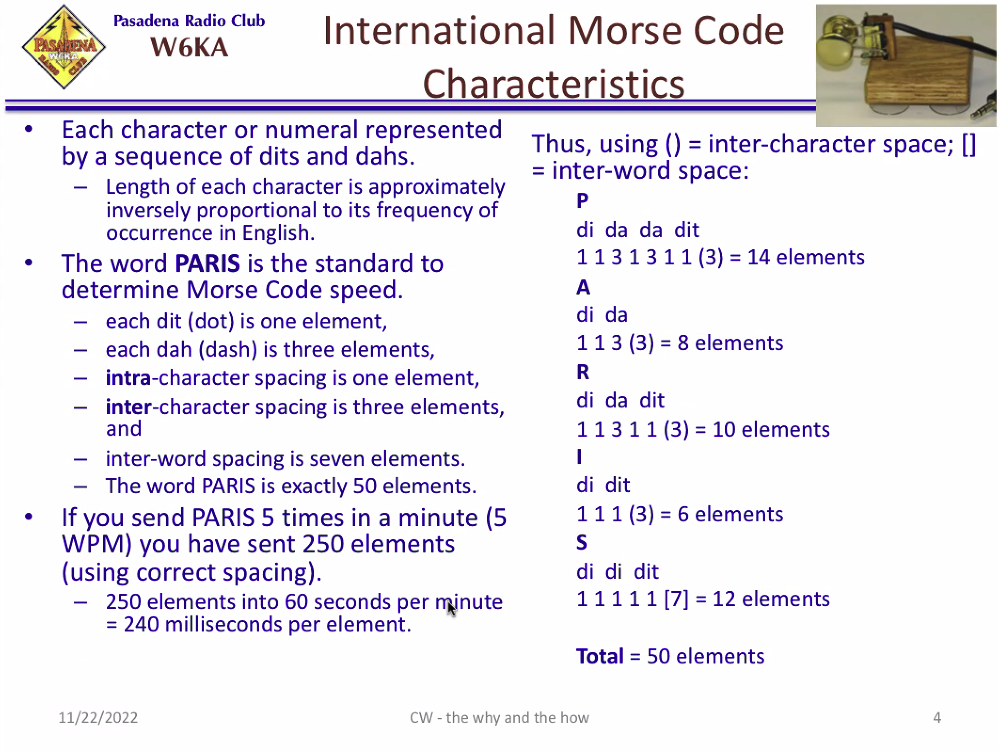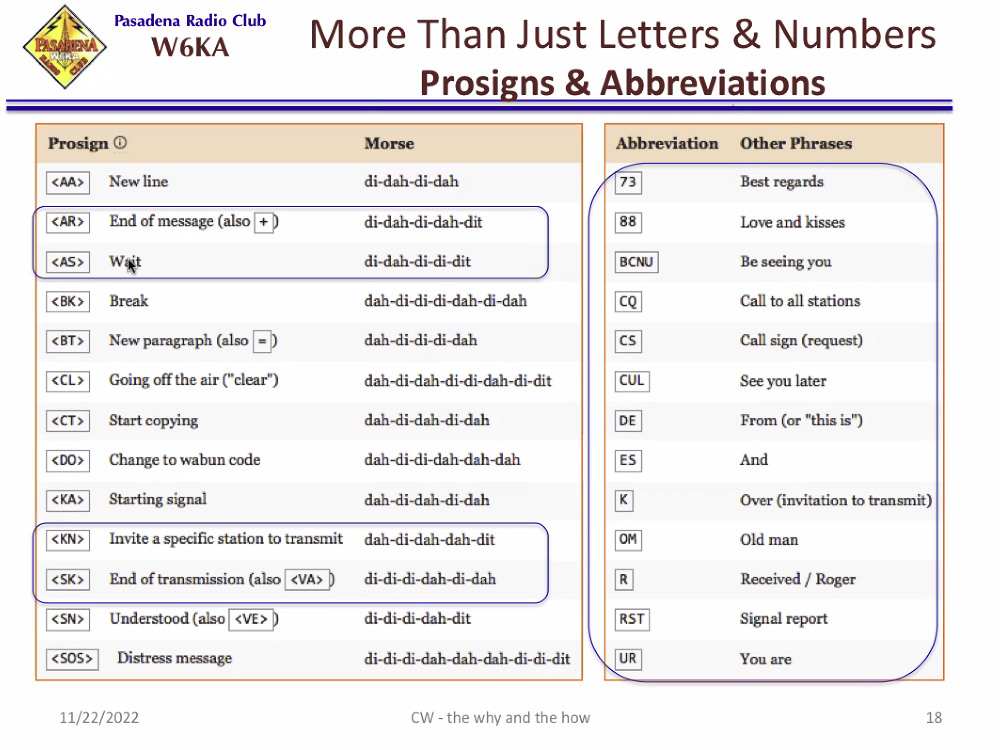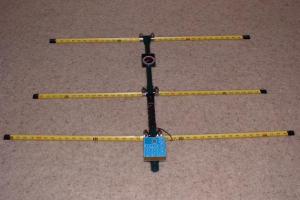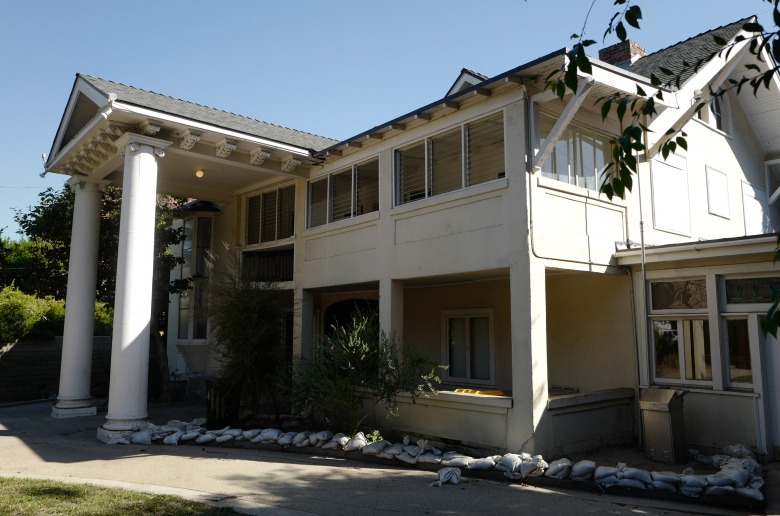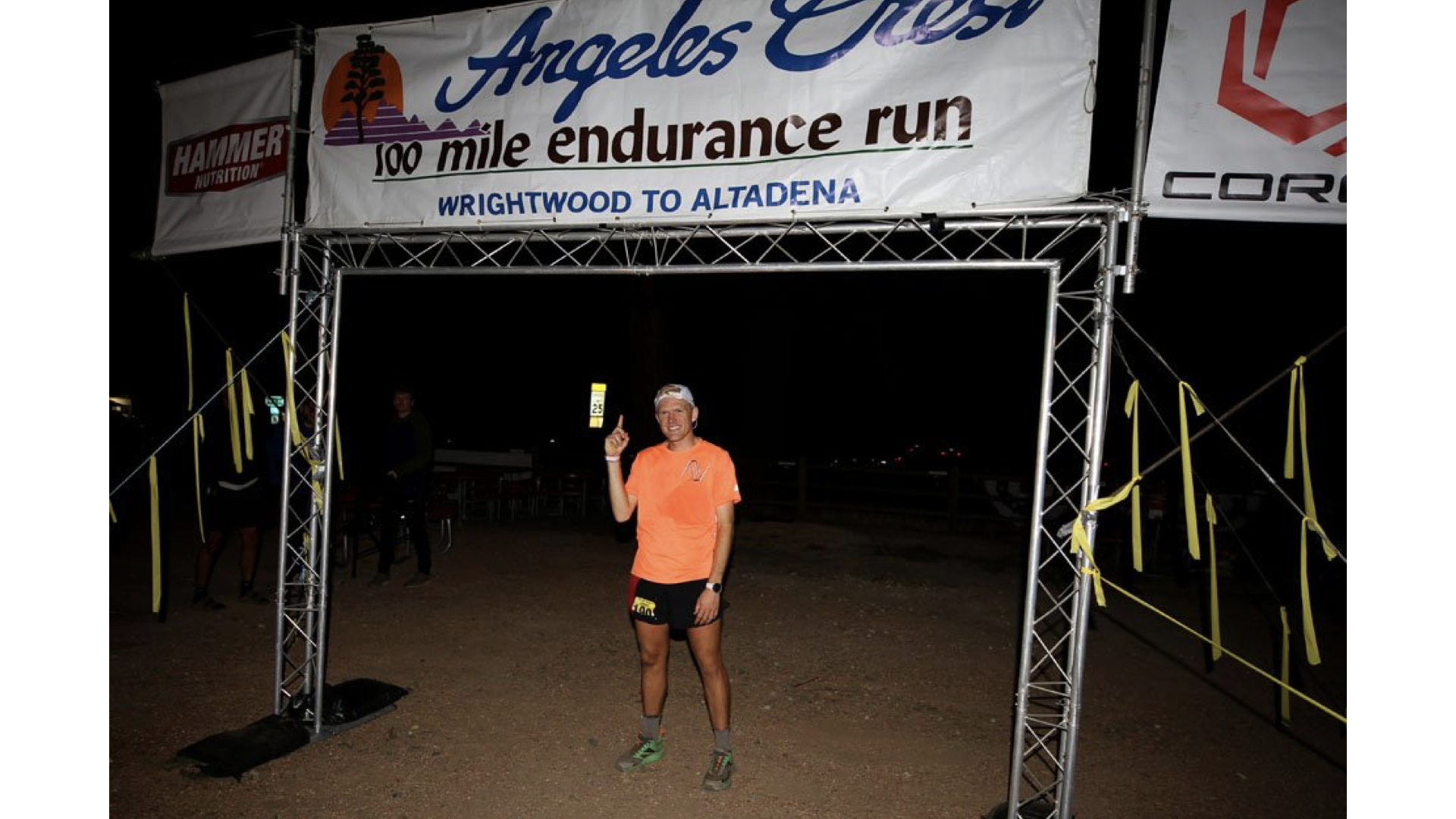Our November 2023 membership meeting was cancelled due to a guest speaker falling through, but spirits were high at our annual December social at the Canoe House restaurant. Over a dozen members gathered to catch up and discuss their various radio-related projects.
A week later, during our December 13 on-air net, participants described their favorite ham radio gifts, either received or purchased for themselves. The fond memories included:
- A first HT, the Yaesu VX-5
- A LEGO version of the Perseverance Rover, signed by members of the JPL team which managed the real thing
- A six-transistor AM radio in 1963
- A Boy Scout morse code paddle
- Another first HT, the Yaesu FT–60
- A first radio, a Baofeng handheld
- An antenna from SOTAbeams
- A pair of walkie-talkies from Sears
To inspire future hams, Mark WB6CIA suggested donating a pair of walkie-talkies to a Toys For Tots drive.
On behalf of everyone at SPARC, we hope you have a happy, healthy, and radio-active 2024!
